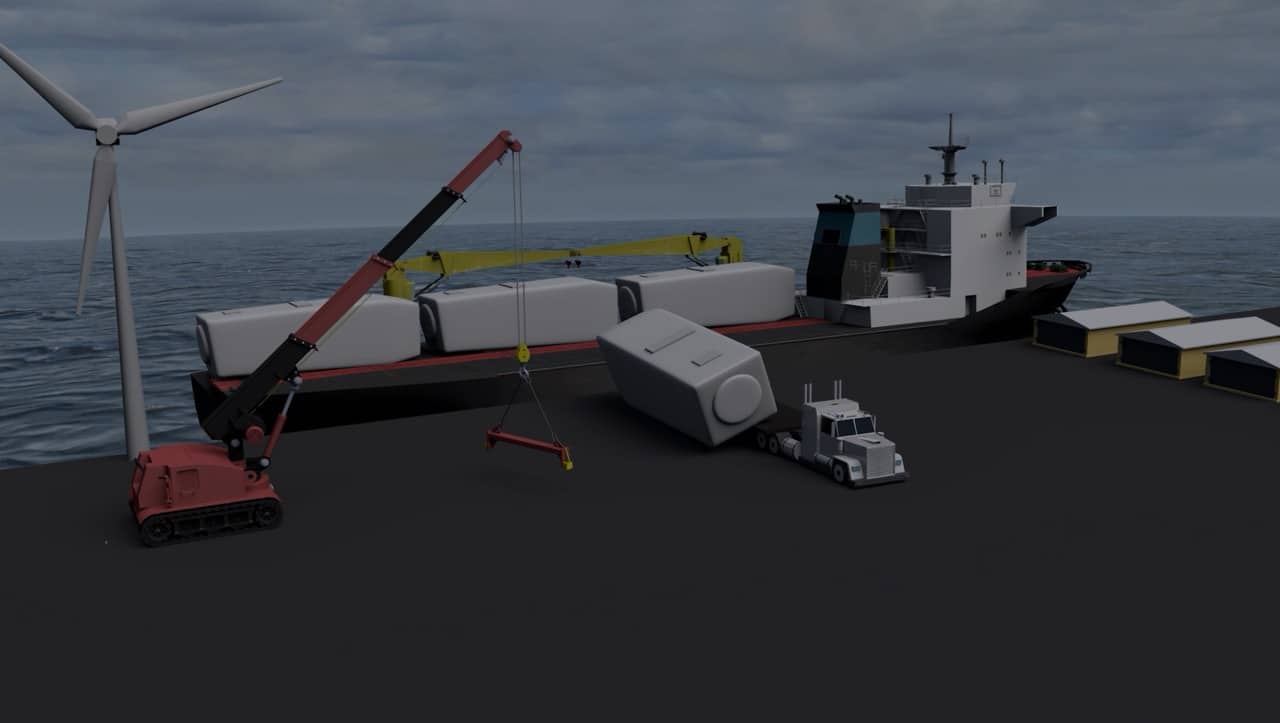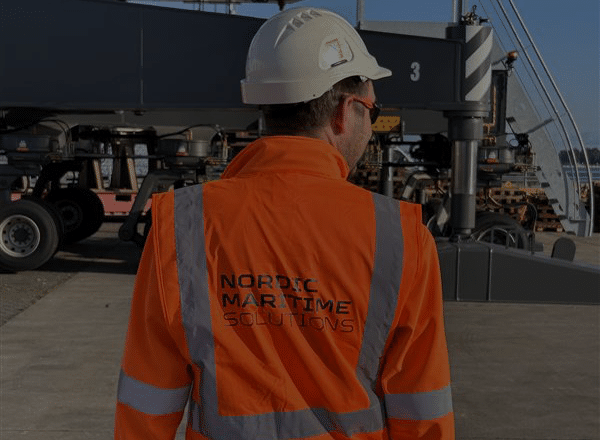5 Essential Practices on how to ensure safe & effective operations
Ensure safe and efficient operations
Transporting your high-value project cargo around the world involves several significant risks. Such as accidents, damages, delays, unhappy receivers, and damage to your reputation and brand name.
However, by following some simple steps, many risks can be reduced and even avoided.
To get more information, please download the material, free of charge.
We will gladly provide further information – call us any time, night or day.
Sincerely,
René Elling
CEO
******
To get more information, you are also welcome to download the material, free of charge.
Via this link, you can ready more about our Marine Warranty Survey service and surveyors
Safety should always be the guiding value, top priority, and main Key Performance Indicator for the transportation of your goods.
You should proactively strive towards a “zero incidents & zero accidents” approach and make this the guiding goal for all your transport operations.
When it comes to operational execution if you approach your entire transport project with this mentality. And further using suppliers that share these values and guiding values, you will benefit enormously.
You’ll find that your goods will be handled without damages and you can prevent the occurrence of any accidents and incidents. In addition, you will see a vast improvement in the speed of your operations, often by up to 30%, and with significantly lower total cost.
A proactive & rigid safety approach is critical for your project transport. If followed your operation will be executed on time, on budget, and with a happy customer receiving your goods without damages.

5 Essential Practices on how to ensure safe & effective operations:
1. Safety
Zero incidents & zero accidents
Safety should always be the guiding value, top priority, and main Key Performance Indicator for transporting your goods.
You should proactively strive towards a “zero incidents & zero accidents” approach and make this the guiding goal for all your transport operations.
When it comes to operational execution, if you approach your entire transport project with this mentality and use suppliers that share these values and guiding values, you will benefit enormously. You’ll find that your goods will be handled without damages and you can prevent any accidents and incidents.
In addition, you will see a vast improvement in the speed of your operations, often up to 30%, and with significantly lower total cost. A proactive & rigid safety approach is critical for your project transport to be executed on time, on budget, and with a happy customer receiving your goods without damages.
5 Essential Practices on how to ensure safe & effective operations
2. Contract
The right contract for your cargo
Although all transportation commences with a contract, most standard contracts are not thorough enough. Often, they do not
provide detailed planning requirements as well as other transportation safety aspects to ensure that your interests are protected sufficiently. The type of contract(s) relevant to the transport naturally depends on whether you are entrusting your entire project to a freight forwarder or if you are handling the sourcing of the different suppliers across the supply chain yourself.
However, regardless of your choice. You should always insist on the right to request all planning materials required to ensure safe transportation. This should include full method statements, together with relevant information required for all stages of the transport of your goods. It should also detail your rights to inspect the proposed means of transport for suitability (truck, SPMT, rail car, river barge, ocean vessel, ocean tow).
In the contract, make sure there is a contract provision stipulating that you will hold the transport company responsible for following your Health, Safety, and Environmental rules, guidelines, and procedures.
Your contract should also include the right for your cargo surveyor to witness all activities throughout transportation. MWS Surveyors should have permission to access all required areas such as cargo holds, factories, and sites and they must be allowed to take photos.
To ensure safety from the very outset, the contract must define which planning documents you are entitled to receive, and at which stage before actual shipment you will have in your possession all drafts for review.
Method statement and transport manual
It would always be desirable to receive a full method statement and transport manual, and the execution must be “to the surveyor’s satisfaction.”
If you are chartering a vessel, most contracts are built on Baltic and International Maritime Council (BIMCO) standard contracts.
In addition to the above, it is advisable to have a clause requiring the performing vessel to be classed by a recognized classification society member of the International Association of Classification Societies (IACS).
We also recommend including a contract provision on the maximum age of the vessel. And a clause ensuring that the performing vessel is not listed on the International Transport Workers Federation (ITF) database as “not covered by an ITF acceptable agreement.”
This will guarantee that the ship’s crew is paid to an international minimum standard and that you do not unintendingly violate the United Nations Global Compact.

3. Selecting partners
The stakes are incredibly high
The stakes are high; unknown subcontractors with questionable qualifications may be handling your goods on the roads, rivers, and oceans and you may not even be aware of it, adding enormous risk to your cargo and reputation. Selecting the right partners is a critical component of your transportation project.
Are you planning transportation yourself or are you relying on a freight forwarder’s full-service package, or a mixture of both? Regardless of how you plan to execute the transportation or how you split the scope. You should verify whether all potential partners share your values and objectives towards a “zero accident and zero incident” policy, ensuring measures are in place to verify this.
Verification should include an assessment of your potential partners’ handling of their in-house safety standards, and how they ensure quality and environmental compliance of their suppliers. Your own in-house Health, Safety, Security, Environmental, and Quality department might be able to carry out this verification. Or this can be executed by an independent third party.
For larger and sensitive projects, you may consider conducting supplier in-house audits and supplier self-assessments to mitigate this risk. Often, for you as the shipper, it is useful to obtain a suitability survey for all key transportation touchpoints e.g. ports and stevedores.
4. Planning
Proper planning is essential
5 Essential Practices on how to ensure safe & effective operations!
Proper planning is essential for ensuring safe and effective transportation, and not only contributes significantly to overall safety. But also guarantees an efficient operation, with significant time and cost savings, often up to 30%.
Planning should always be viewed from a safety standpoint, and all touchpoints should have been through a rigorous hazard identification process, identifying all transport operational risks.
Based on the hazard identification, a risk assessment together with proper risk mitigation procedures covering all parts of the
operation should be in place. This might seem a little overwhelming but remember that generic approaches following industry best practices can be taken. It is highly recommended that you perform a gap analysis at an early stage to find out whether any processes were overseen or left out.
Each transportation step should be properly planned, and this is often best done in a transport manual/method statement. The document should contain the most important information on each movement, and clearly define any splits in responsibility between all the different suppliers and yourself.
Each movement and handling of your cargo must be detailed no matter whether the transport is on road, rail, river, or ocean.
As a minimum, planning should consist of:
• Lifting plans, to ensure safe handling during lifting;
• Securing plans, to ensure your cargo does not move unintendedly;
• Stability information of the transport unit to ensure it stays upright and the securing restraint forces are within limits;
• A stowage plan and any relevant weight distributions, in the event of sea transportation;
• A road survey in line with industry best practices before any road transportation.
All cargo lifting operations require a lift plan, regardless of where this is carried out at the factory, on-site, at the port, to and from rails, and to and from vessels and barges. A well-prepared lift plan is essential for ensuring that the job can be executed safely.
Often, a simple sketch is provided. This is unacceptable and does not even satisfy minimum legal requirements.
For every centimeter movement of your cargo, it must be properly secured to the transport unit, regardless of the means of transportation. Your transport supplier must provide you with calculations and supporting drawings proving that all securing methods are designed specifically for the intended transport and by the agreed standards, legal requirements, and your transport guidance manual.
If your cargo requires acceleration limitation, this needs to be addressed at an early stage, and the transport companies must prove this is managed. You may also wish to consider attaching shock recorders to your goods which will log all environmental conditions throughout the journey.
The stability of the transport unit is crucial for safe transportation
It is not a pretty picture when trucks or SPMTs tip over, or stability is insufficient for a safe lift, or even too high for the applied lashings and securing measures for sea transport. For sea transportation, a stowage plan must always be in place to ensure there is sufficient space for safe cargo handling and sea fastening.
If your project cargo is being towed, this will bring additional risks that need to be assessed and mitigated. The supplier must include a towage manual for addressing all additional risks involved in the tow, including weather restrictions, suitability of the tug and barge, and the connectors. This is required to be approved by an independent survey company.
Prepare your goods well in advance for shipment. Make sure to have all lifting points made suitable for the intended transport lifts and certified according to legal requirements. Securing points should be marked and freely accessible without requiring opening covers or boxes or removing protection. Information about the center of gravity should be provided to transport companies and suitable bedding areas for your cargo should also be in place.
This is the guide from Nordic Maritime Solutions
“5 Essential Practices on how to ensure safe & effective operations”

5. Support
Your eyes, ears & voice
The safe and efficient transport of high-value project cargo items is a complex undertaking and can be very time-intensive to handle all the more technical aspects of the transportation yourself.
We know you are very busy and that you are often handling multiple projects at any given time.
That’s why we recommend you have an independent external surveyor work alongside you. The MWS surveyor will verify that all planning is in order, and handle the communication on all technical and safety issues with your chosen partners. Further, the surveyor will ensure that any planning gaps are being addressed.
The Marine Warranty Survey surveyor should be your eyes, ears, and voice on the ground during transportation, proactively taking part in the operation. Ensuring everything is carried out as per planning. And making sure no one gets hurt, no cargos are damaged, and there is no damage to your valuable brand or reputation.
This will free up your time so you can concentrate on handling other vital aspects of operations around the world. And hopefully, provides you with peace of mind that your project is executed safely and efficiently. Often the presence of a MWS surveyor is also required by the insurance company. The appointed Cargo surveyor can issue a Certificate of Approval/Acceptance (CoA) for required parts of the operation e.g. lifting, securing, sail-away, and road transport.
When choosing a surveyor to protect your cargo and brand name, you must choose wisely
Choose a company that can prove the qualifications of their processes and certifications. Ensure they have surveyors in place with the right education, training, and experience. They have to have a solid understanding of your needs and problems and share your values for zero incidents and accidents. Also, understand the importance of efficient operations, have the capabilities to assess the planning, and have the will to work with all your transport partners to find solutions.
Most importantly, your MWS surveyor should have a proactive approach on site and be your eyes, ears, and voice on the ground.
Our goal is to bring you peace of mind, protect everybody involved, get your cargo safely to its destination, and ultimately protect your brand and reputation.
Contact Nordic Maritime Solutions today!
Let us know what information we can provide you with more than 5 Essential Practices on how to ensure safe & effective operations. We would be happy to have an initial discussion to understand how we can help you succeed with your current and future transport projects. Our next-level cargo survey service guarantees your success and reduces your transport risks significantly.
Our goal is to bring you peace of mind, protect everybody involved, get your cargo safely to its destination, and ultimately protect your brand and reputation.
